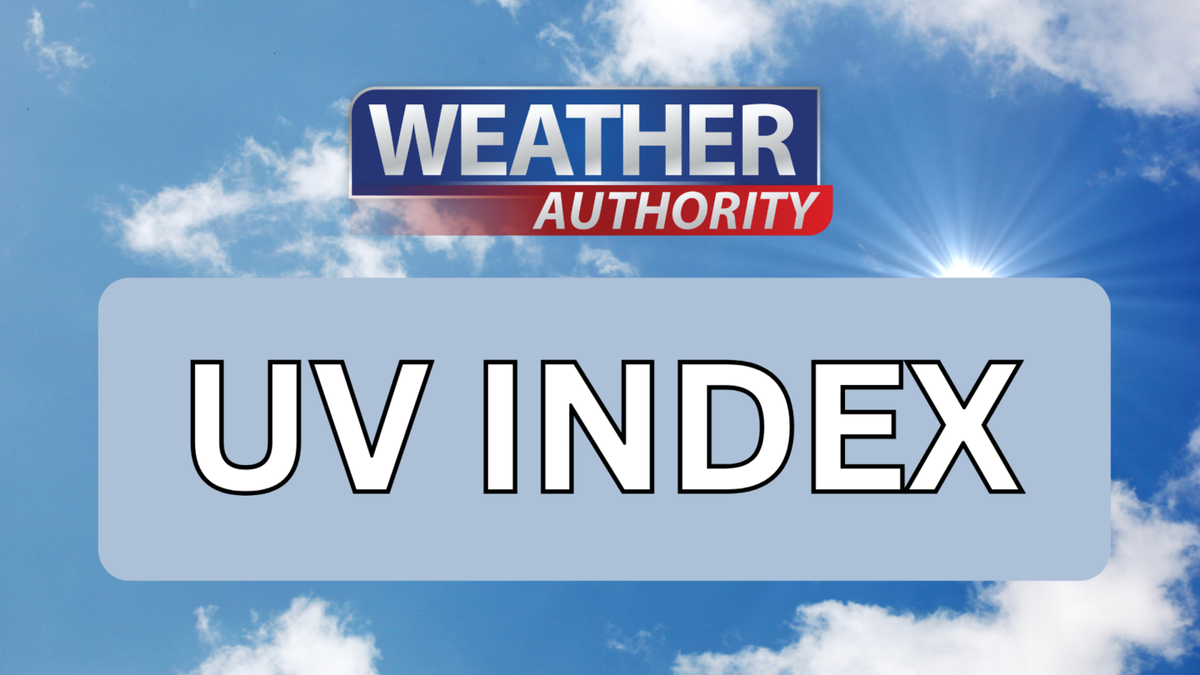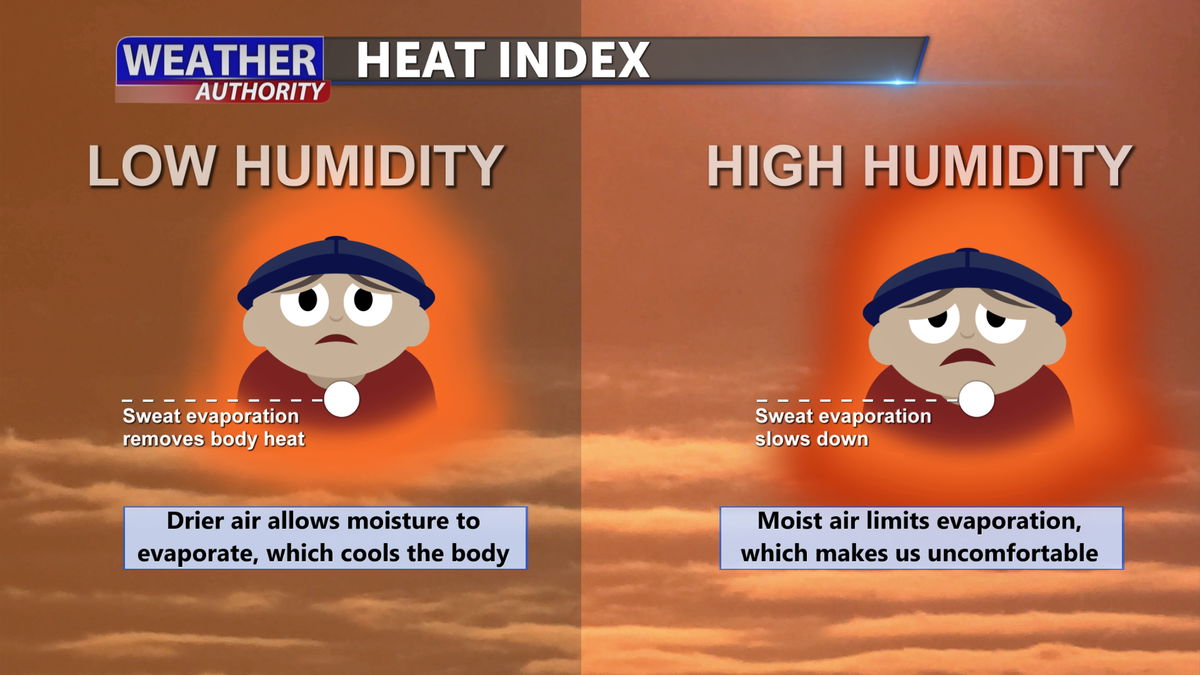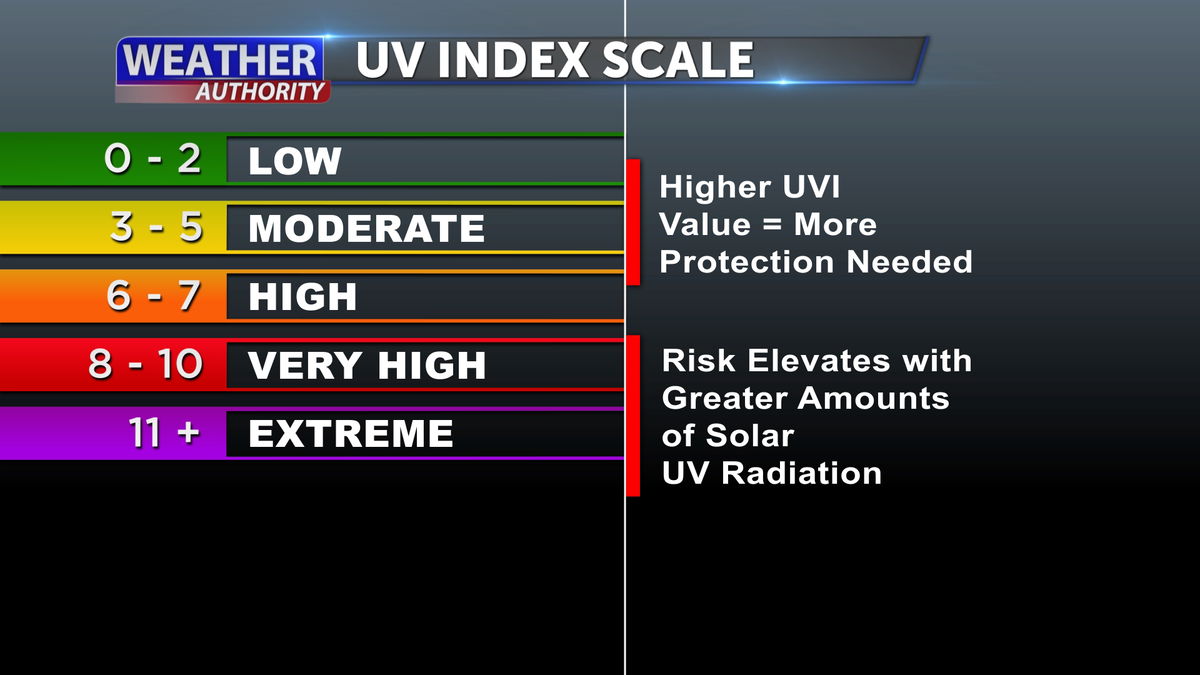Weather Authority Insider Blog: UV Index

YUMA, Ariz. (KYMA, KECY-TV) - The heat index, also known as the apparent temperature, is what the temperature feels like to the human body when relative humidity is combined with the air temperature. In other words, the “feels-like” temperature.
This has important based on the human body's comfort. When the body gets too hot, it begins to perspire or sweat to cool itself off. If the perspiration is not able to evaporate, the body cannot regulate its temperature.

The ozone layer shields the Earth from harmful ultraviolet (UV) radiation. Ozone depletion, as well as seasonal and weather variations, cause different amounts of UV radiation to reach the Earth at any given time.

The UV index is a measure to help you determine the effects of the sun on outdoor activities. It is computed using forecast ozone levels, cloudiness, and elevation. Values are effective at solar noon, which is when the sun is at its highest point of the day.
Overexposure during days with high UV values can be harmful, both in the short term and over the long term. Exposure to surface objects that reflect light (such as sand and water) can make the UV index even higher in such locations.
The UV Index runs on a scale of 1 to 11+:

